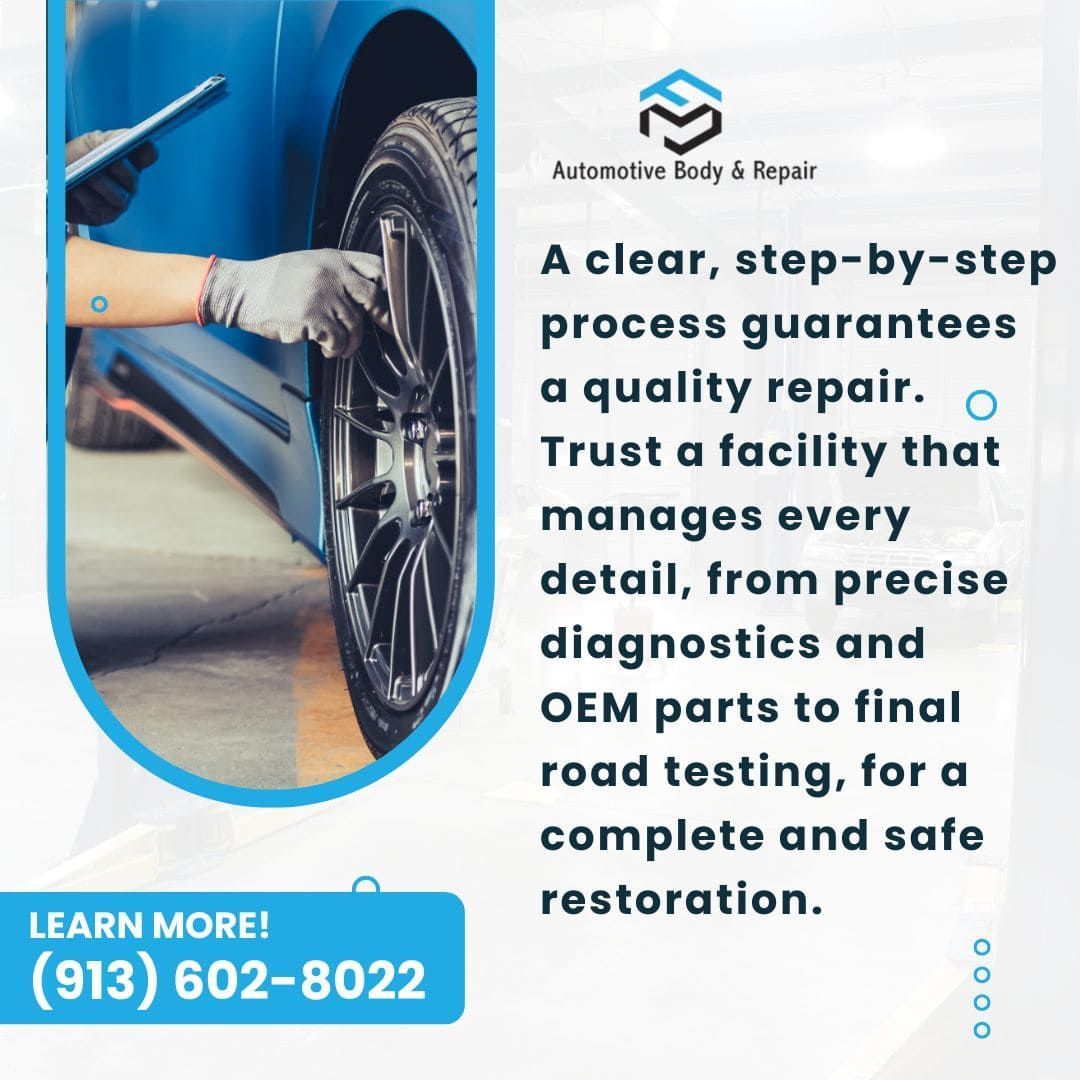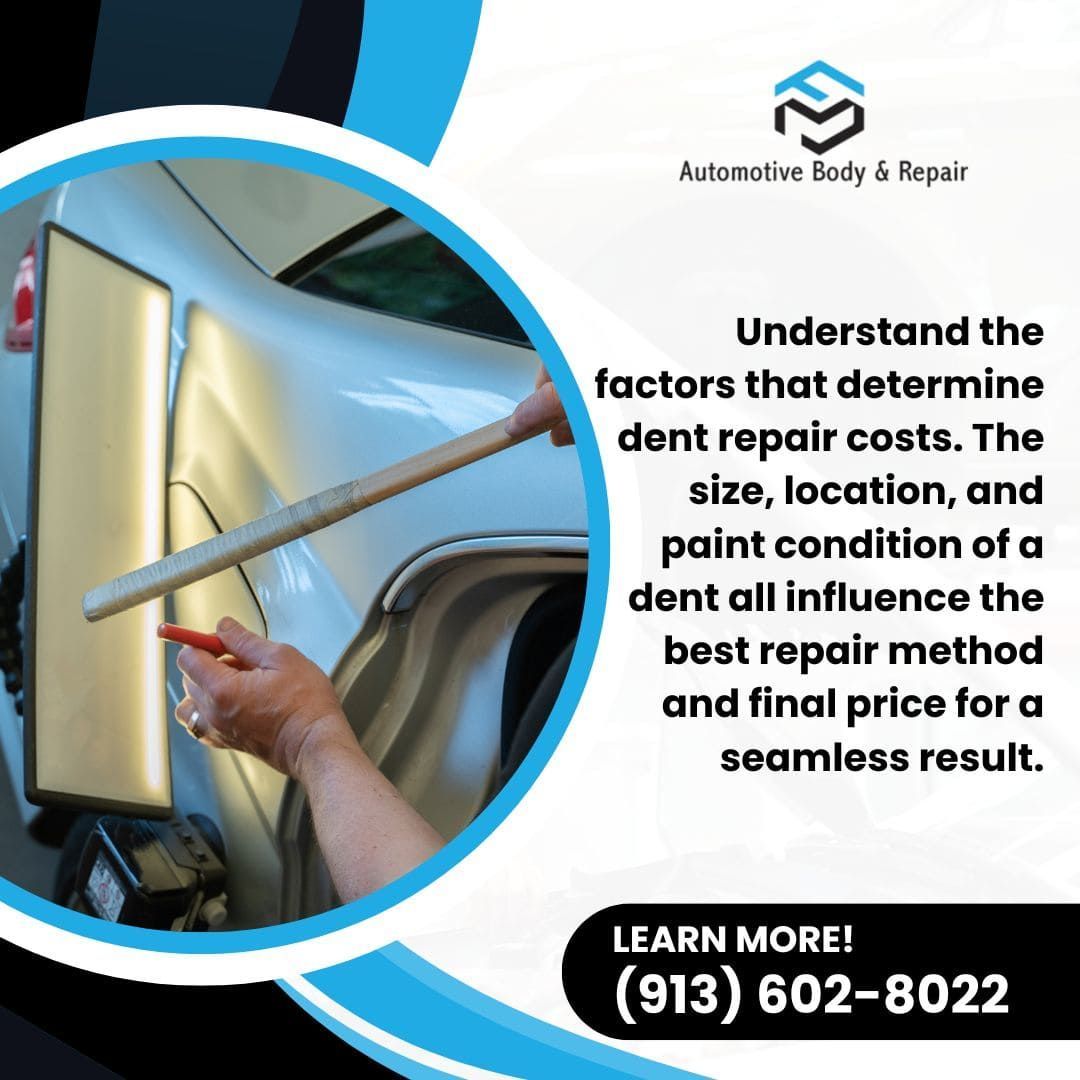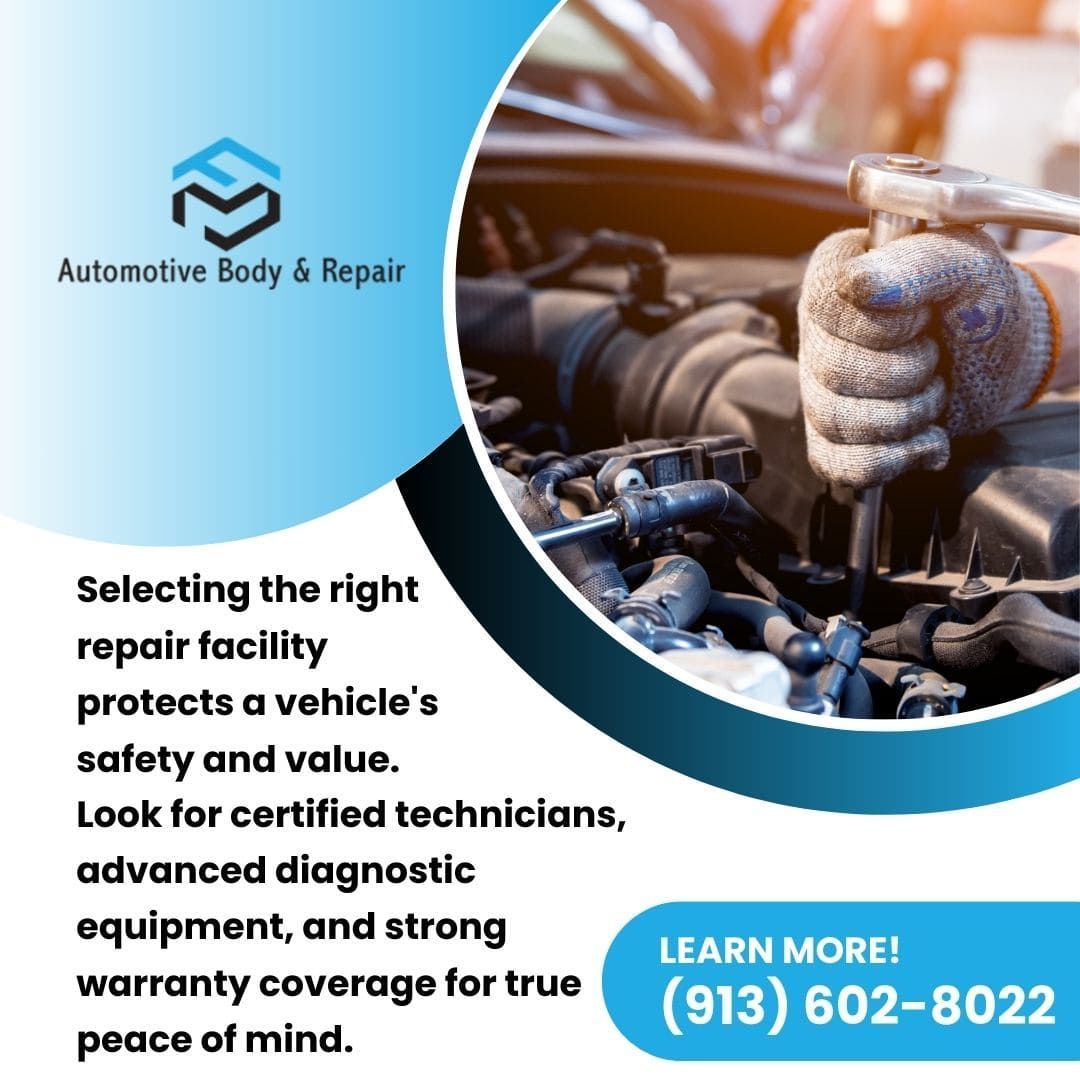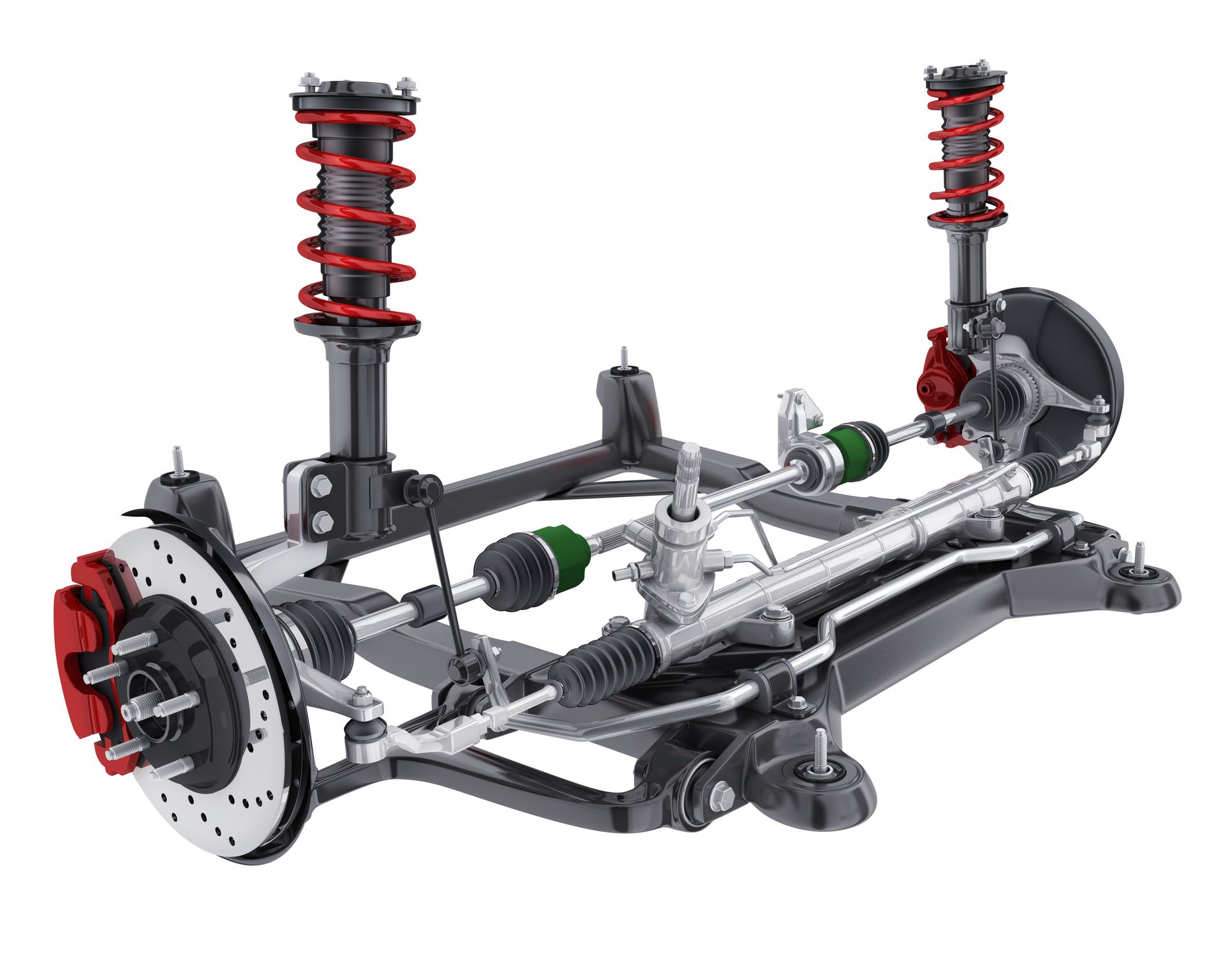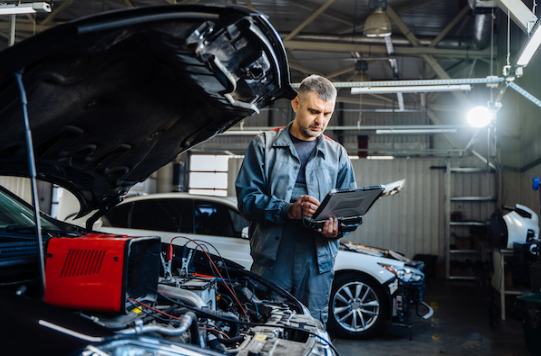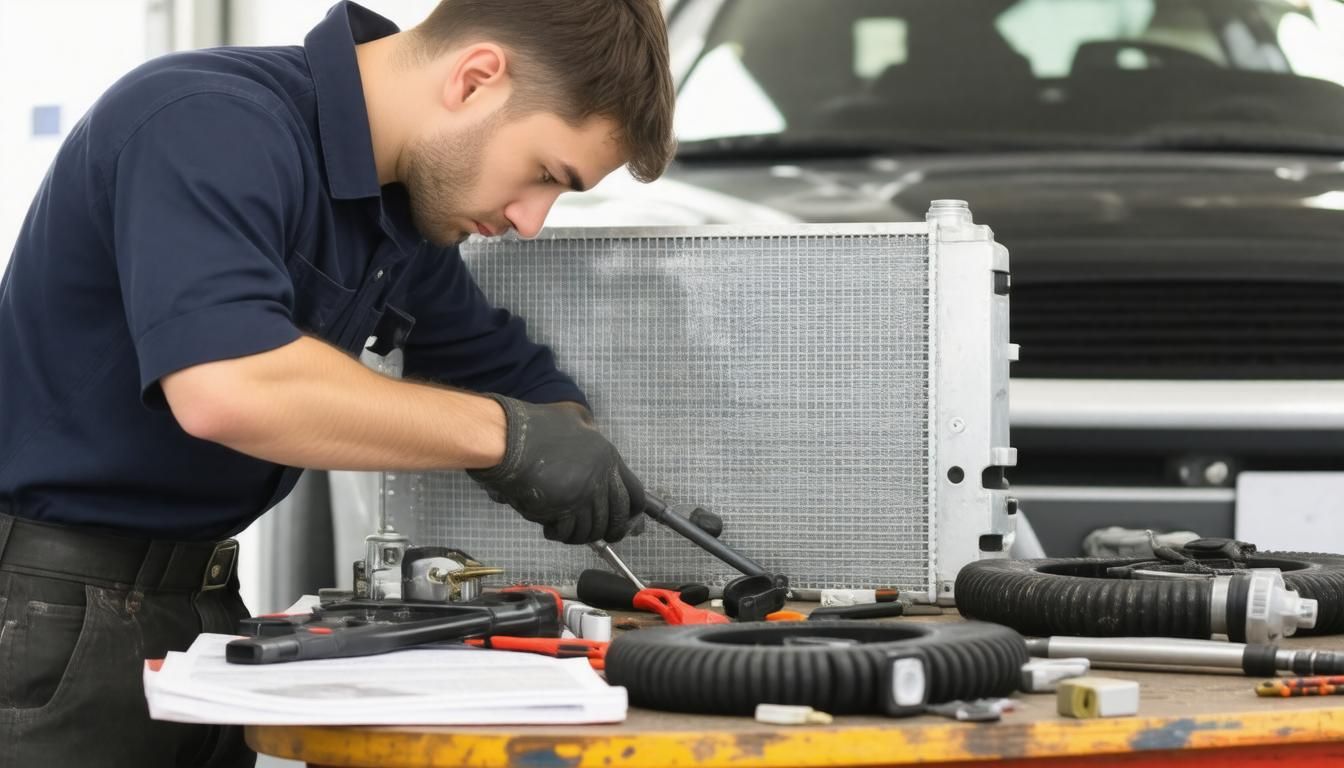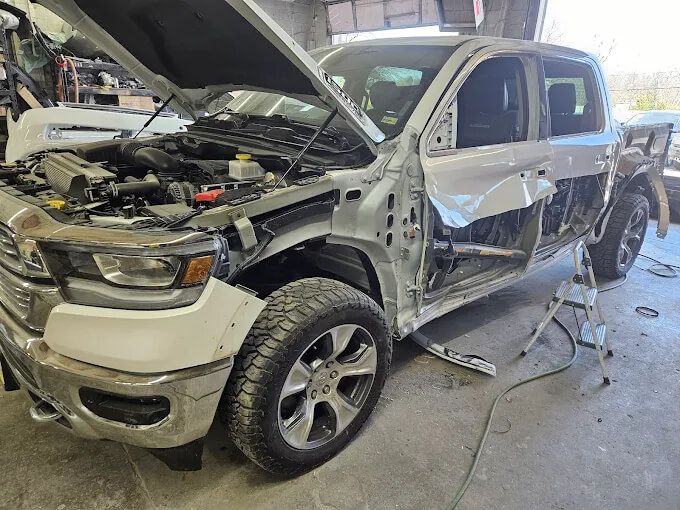Wheel alignment, often an overlooked aspect of car maintenance, plays a crucial role in keeping your vehicle safe and performing at its best. Understanding what wheel alignment is and why it matters can help you appreciate its significance.
What Is Wheel Alignment?
Wheel alignment, also known as tire alignment, refers to the adjustment of a vehicle's suspension components to ensure that the wheels are set to the correct angles, as specified by the manufacturer. The primary goal of wheel alignment is to ensure that all four wheels are parallel and that they make even contact with the road surface.
Why Is Wheel Alignment Important?
Proper wheel alignment offers several benefits:
Improved Safety: Well-aligned wheels provide better handling and control, reducing the risk of accidents, especially in emergency situations.
Extended Tire Life: When your wheels are aligned correctly, your tires wear evenly, leading to a longer tire lifespan and cost savings.
Better Fuel Efficiency: Proper alignment reduces rolling resistance, which can improve fuel efficiency and save you money at the pump.
Enhanced Comfort: A well-aligned vehicle offers a smoother and more comfortable ride for you and your passengers.
Reduced Stress on Suspension: Proper alignment reduces stress on suspension components, extending their lifespan and reducing repair costs.
Common Causes of Wheel Misalignment
Now that we've covered the importance of wheel alignment, let's explore some common causes of misalignment:
- Potholes and Bumps: Uneven road surfaces and potholes can jolt your wheels out of alignment. To prevent this, drive cautiously over rough roads.
- Curbing Your Enthusiasm: Accidentally scraping your wheels against a curb may seem minor, but it can significantly affect alignment. Avoid curbing your wheels whenever possible.
- Suspensions and Shocks Wear: Worn-out suspension components or shock absorbers can lead to alignment problems. Regular maintenance is key.
- Accidents and Collisions: Even minor fender benders can cause alignment issues. After an accident, have your alignment checked, regardless of apparent damage.
- Loose or Worn Parts: Loose or worn steering and suspension components can result in misalignment over time. Regular inspections can catch these issues early.
Preventing Wheel Misalignment
Prevention is often the best approach. To avoid wheel misalignment:
- Drive Cautiously: Be attentive on rough roads and avoid hitting potholes and bumps at high speeds.
- Park Carefully: When parking, take care not to scrape your wheels against curbs.
- Regular Maintenance: Keep up with scheduled maintenance and inspections to catch issues early.
- Quality Tires: Invest in high-quality tires and rotate them regularly to ensure even wear.
- Proper Inflation: Maintain your tires at the recommended pressure levels to avoid uneven wear.
- Leave Repairs to Experts: Avoid DIY suspension or steering repairs unless you have the necessary knowledge and tools.
Understanding wheel alignment and its importance can help you appreciate its role in maintaining your vehicle's performance and safety. By being proactive and taking preventive measures, you can keep your wheels aligned and enjoy a smoother, safer ride.
If your vehicle is experiencing alignment issues, please contact
F & M Automotive Body and Repair today to schedule a professional wheel alignment service in Merriam, KS.
